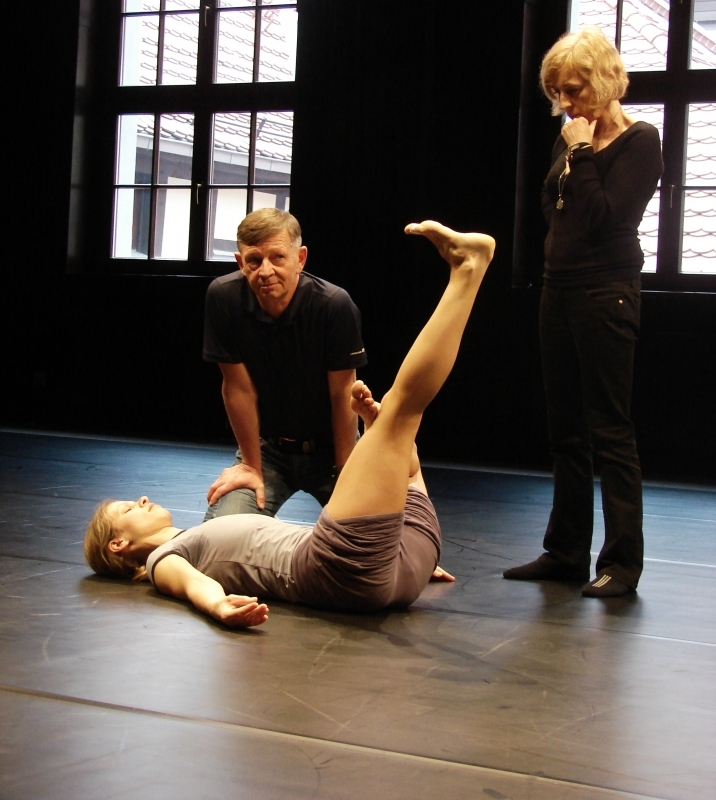Behaviour Therapy for Musculoskeletal Conditions
Part 1: Introduction: Visual overview of anatomy and biomechanics
Part 2: Behavioural principles in musculoskeletal therapies
Part 3: Self-diagnosis and self-control systems
Part 4: Body awareness systems and the therapeutic function of body awareness
The aim in behaviour therapy is to develop new behaviours and eliminate unhelpful ones. Speaking very generally, behaviours can be developed using the following techniques: shadowing, screening an instructional film (symbolically) and mental anticipation. In order to develop a motor representation based on biomechanics and physiology, it seems necessary to act “here and now”. This forces patients to attain the required level of concentration focusing on sensations from the musculoskeletal system. The feedback loop between brain and body enables therapeutic and awareness-based work on a more advanced level, making it more efficient. As in psychological therapies, we first need a diagnosis. The hallmark of this type of behaviour therapy is an awareness sensitization system whose key component is self-diagnostic education. The next stage is self-therapy based on the positive expectations created and on encouraging patients to assume responsibility for their therapy.
This is accompanied by appropriate therapeutic procedures carried out by trained physiotherapists and doctors. Notably, the body is treated and seen through the lens of outer awareness (artistic, social and representational) while the inner awareness, based on the representation and knowledge of the phenomena occurring within the body, remains undeveloped. It is not necessary to require everyone to have a detailed knowledge of anatomy, biomechanics or physiology. This knowledge can be replaced by a behaviour therapy system that shapes representational reactivity.






